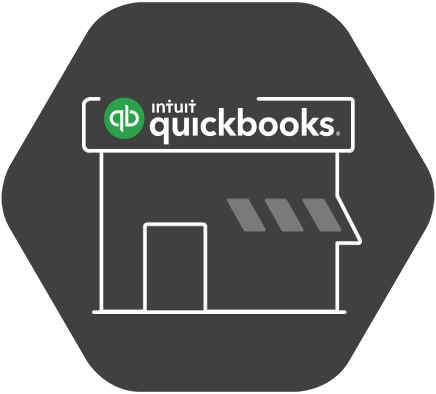Last month, I shared several tips for keeping your app card up to date as well as some best practices for responding to reviews. This month, we’re going back to the basics: communicating what your app does and how it will improve the life of a small business.
Make your description highly customer-focused
The first thing potential customers read is the name of your app and the one-line description. Use the title and description to make clear the benefits of using your app. Why should they buy it? What problem will it solve? What new thing will it help them do? Will it make an everyday task easier?
Think about how it will improve the way they work. Be really specific. People should be able to instantly recognize how your app can help them. They will be scanning through lots of app cards on the store: what will make your app stand out?
Since everyone viewing your app card is a current or prospective QuickBooks Online customer, ensure the messaging speaks to them. While you may have more generic messaging that speaks to a broader audience on your own website, narrow your description to speak to the QuickBooks audience.
Use video to show them what they’re missing
Video is a great way to show potential customers how your app integrates with QuickBooks and why they should buy it. You can grab video from your screen to provide a demo, or have someone create an animation that demonstrates the benefits of your app. Whatever you choose to do, the key is to keep it short (under two minutes) and leave them thinking, “I’d like to be able to do that,” so they click to try your app.
Insert screen grabs to highlight key features
People are more likely to try an app when they can see visualizations of how it works. Wherever possible, use captions to describe the end-benefit of a feature, rather than literally describing what’s on-screen. Augment app screenshots with views of slides or other collateral that effectively explain how your app works with QuickBooks and creates benefits for a small business.
Make the overview comprehensive yet easy to read
The overview allows you to go into more depth about your app, but bear in mind how people read. Research shows we often scan a page first, only picking out the subheadings. It’s a good practice to scan to make sure your subheadings convey a series of benefits on their own.
Then review the words under each subhead. You should only have a small paragraph (around 40 to 80 words) under each, or two to three bullets. Bite sized chunks of information are much easier to digest.
Make each paragraph about the reader (a small business, or an accountant who works with them)
When you’re evaluating your overview text, try rewriting the feature descriptions to include the word “you” as much as possible. For example: “so you can”, “this allows you to”, “you don’t have to”, “the insights you need.” This helps the reader imagine themselves using your app and enables you to include the positive outcome in terms of time, cost, ease of use, or other benefit.
Finally, always take time to carefully check your text for spelling mistakes or other errors, as these can make people worry about the quality of the app itself.
Check out the competition
Want to see great app cards in action? Check out LivePlan, Fundbox, and Function Point for three examples we love.
Remember, your app card is a living document. Update it regular, test different messaging, and most of all, communicate how you help a small business.


Leave a Reply